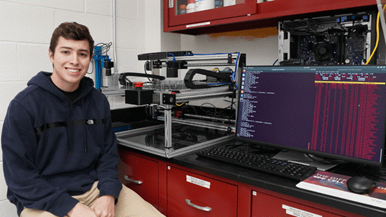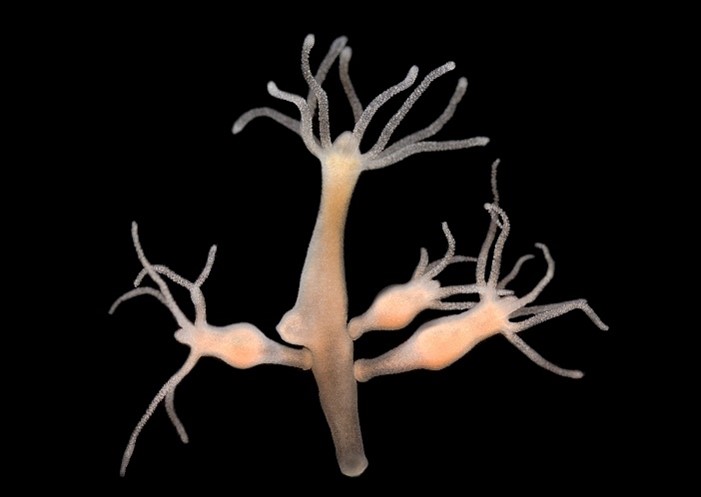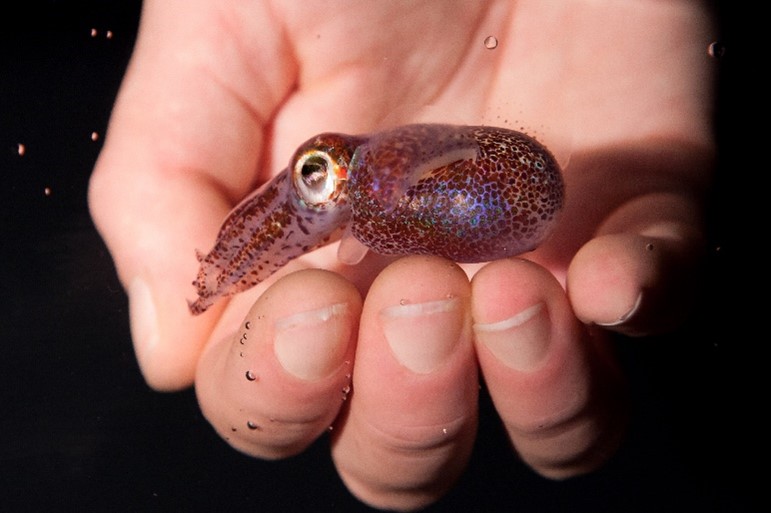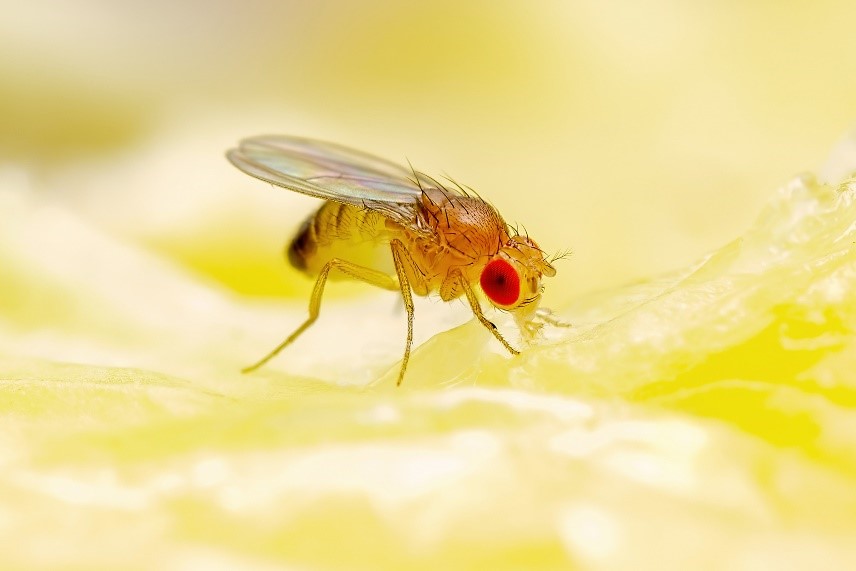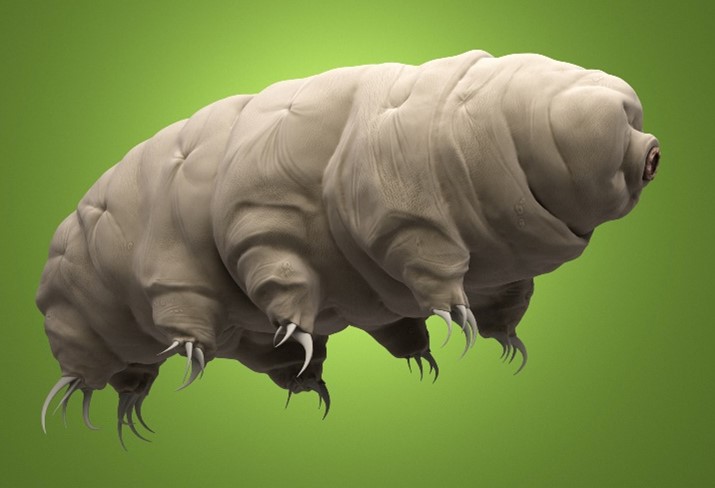Slideshow: Creepy Crawlies
October 30, 2024
Continue Reading
Research Organism Superheroes: Hydras
July 3, 2024
Continue Reading
Research Organism Superheroes: Axolotls
March 6, 2024
Continue Reading
Research Organism Superheroes: Fruit Flies
January 17, 2024
Continue Reading
Curiosity-Driven Science: Q&A With Saad Bhamla
November 15, 2023
Continue Reading
Research Organism Superheroes: Tardigrades
October 11, 2023
Continue Reading
Slideshow: Breathtaking Brains
June 7, 2023
Continue Reading

